

Max Davies
How Audi, BMW, Honda, Mercedes-Benz, and Suzuki started out in Australia, and where they are now
15 Hours Ago
Cupra is launching in Australia in 2022, so it’s time to have a look back at former parent company Seat’s presence in Australia

Contributor
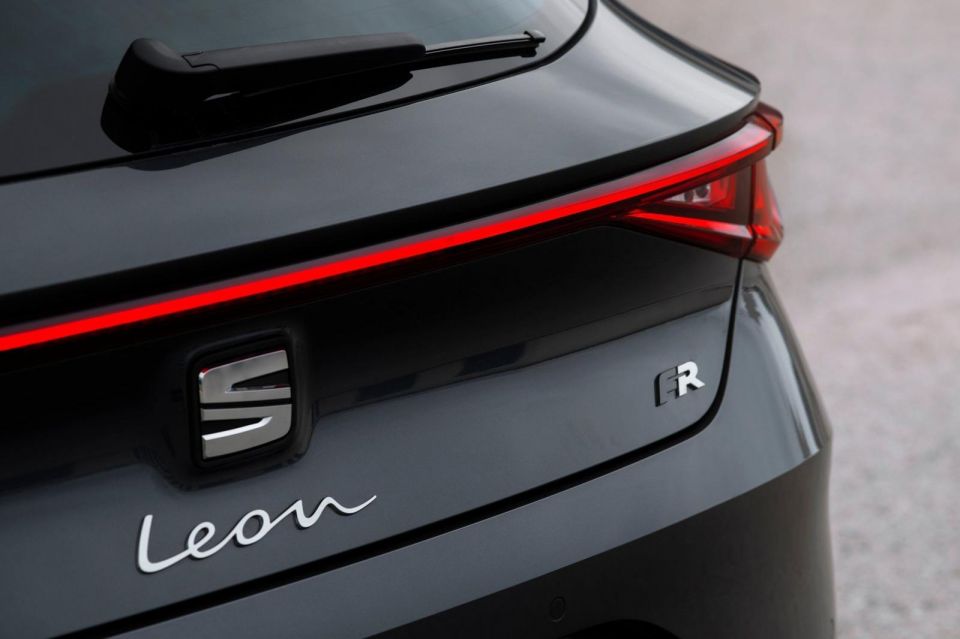

Contributor
Seat (pronounced Sey-at) is Spain’s automotive brand.
Known as SEAT, an acronym for Sociedad Española de Automóviles de Turismo (Spanish Corporation of Private Cars), the company was founded in 1950 during the rule of fascist dictator Francisco Franco.
Government-owned but partnered with Fiat, the marque’s early models included rebadged Fiat Pandas and 600s, sold as the Seat Panda and Seat 600.
This partnership concluded in 1981. Although Seat attempted to produce its own models such as the Ronda (based on Fiat designs), the Spanish government had become a capitalist democracy seeking to privatise certain industries, and looked for a buyer for its carmaker.
Eventually, an agreement was reached for the Volkswagen Group to buy a significant share of the company in 1986. Seat became a wholly-owned subsidiary of the German firm in 1990.
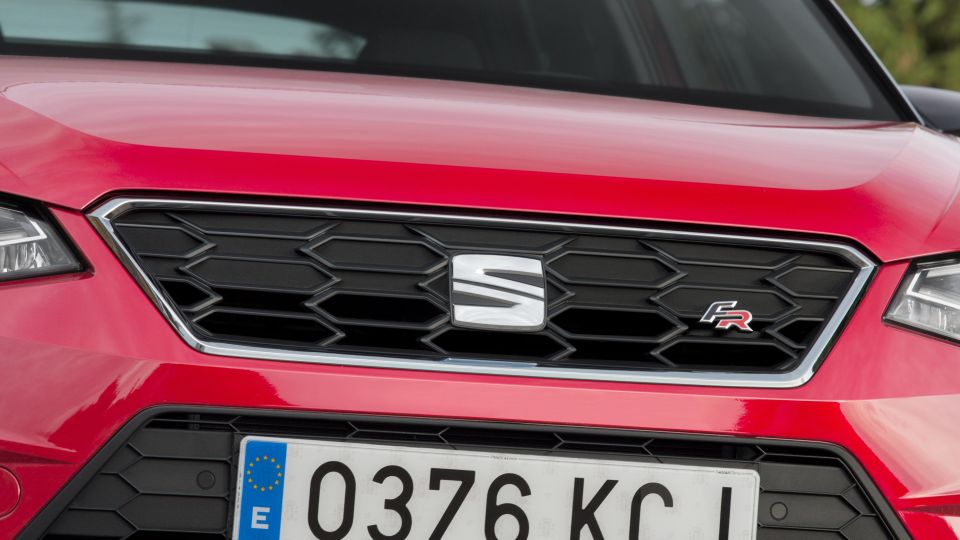
Seat’s primary market remains Europe. In its vast stable of brands, the Volkswagen Group has positioned Seat as the sporty, avant-garde corporate cousin to Volkswagen and Skoda, with bit more design flair and aggression.
With regard to ‘premium-ness’, although the contemporary Seat, Volkswagen, and Skoda lineups share substantial similarities, Seat is positioned a notch or two below Volkswagen.

In Australia, the brand was sold between 1995-1998 through an independent distributor as a budget Volkswagen alternative with cars priced well below the $40,000 mark, and most being available within the $20-30,000 price bracket.
Three models were available the Toyota Yaris-sized Ibiza hatch and Cordoba sedan, and the larger, Corolla-rivalling Toledo sedan.
As evident from the model names above, Seat has traditionally named all of its models after cities or regions in Spain.

Average product, limited marketing, a small sales network, and unfamiliarity with the brand were the primary reasons Seat failed to succeed in its last stint Down Under.
Ibiza is a Spanish island known for its nightlife. This endearing reputation led Seat product planners to name their supermini, with a younger customer base, after the Spanish island.
During Seat’s local tenure, Australia received the second-generation Ibiza, the first Seat light car developed entirely under Volkswagen Group ownership, with its A03 platform also being shared by the closely related Mk.3 Volkswagen Polo.
In Australia, all Ibiza models came standard with a five-speed manual transmission, with three- and five-door variants available.

Prices remained low despite being imported from Spain, starting at $15,490 for the base CLX manual with a 1.4L engine producing 44kW of power and 107Nm of torque.
Its acceleration figure of 15.8 seconds to 100 km/h is best described as sluggish.
A more powerful model was available, and the range topped out with the Ibiza Cupra with a 2.0L engine with 110kW and 180Nm of torque.
It hit 100km/h from a standing start in 7.9 seconds, cost $27,990, and included advanced features such as ABS and traction control.
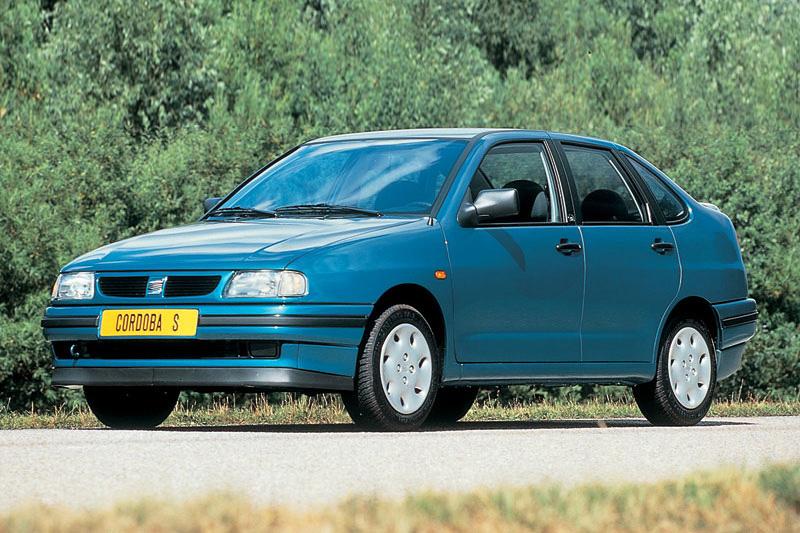
Options on the base Ibiza included a driver’s airbag, power steering, and air conditioning (which was a $2000 extra).
The Cordoba was effectively a sedan version of the Ibiza, although in Australia the model featured larger engines (a 1.6L with 55kW was standard) and lacked a ‘hot’ Cupra range-topping version.
The Toledo was a size larger than the Ibiza and Cordoba, based on the same Volkswagen Group A2 platform as the second-generation Golf.
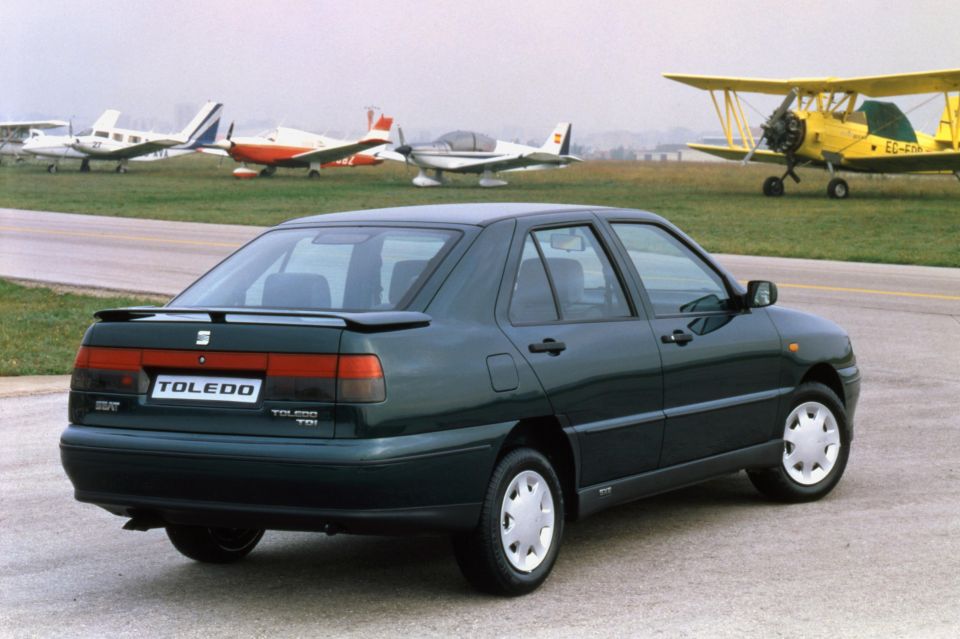
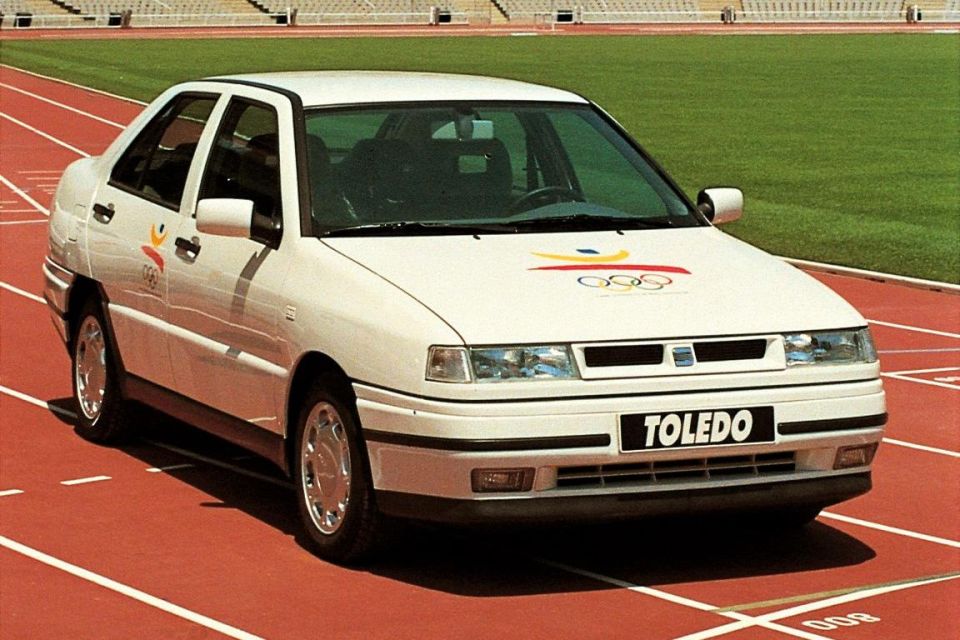
Conceptually similar to the Volkswagen Jetta, the Toledo had the practicality advantage over its German siblings thanks to its (now-fashionable) liftback design, which endowed it with a substantial 550L boot capacity.
Befitting its more comfortable nature, this model was available with a four-speed automatic transmission mated to a 2.0L engine producing 85kW of power.
Cupra for a long time has been Seat’s ultimate performance brand, comparable to Volkswagen R models and sitting a rung above GTI or FR-branded variants.
With Volkswagen positioned as ‘premium for the people’ and Skoda – which offers its own line of sporty RS cars – being marketed as affordable and practical, the spot for Seat under the Volkswagen Group umbrella was being pinched from all angles.
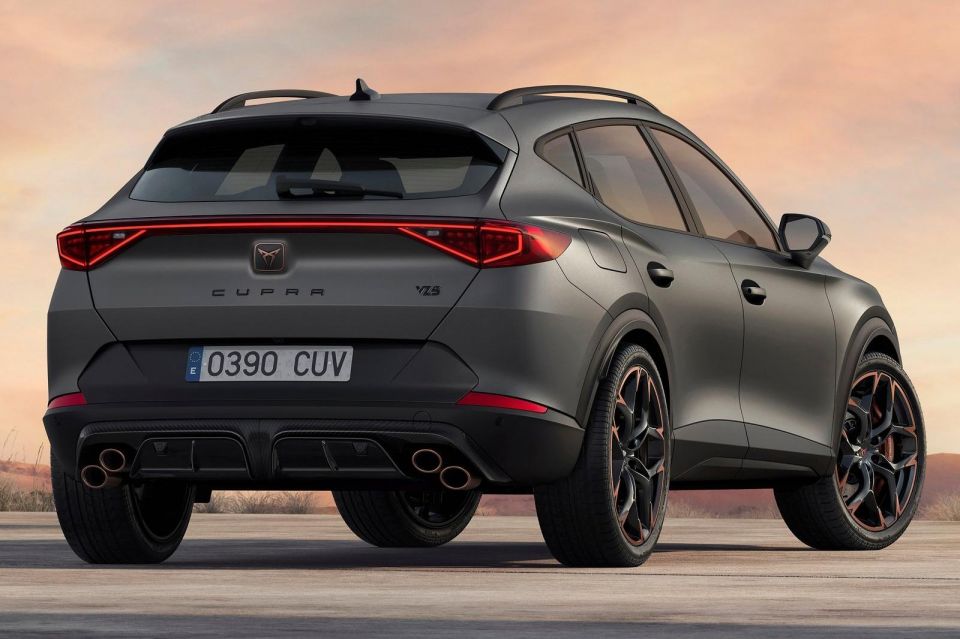
Therefore, the Volkswagen Group made the decision in January 2018 to give Cupra greater flexibility by spinning it into its own brand, and positioning it as perhaps the sportiest mainstream Volkswagen Group brand.
Nevertheless, the current Cupra portfolio still consists primarily of performance versions of existing Seat product (such as the Cupra Leon).
Models such as the Formentor SUV, which has no direct Seat equivalent and borrows Audi’s 2.5-litre five-cylinder engine, demonstrate the Cupra brand is moving away from its Seat origins.
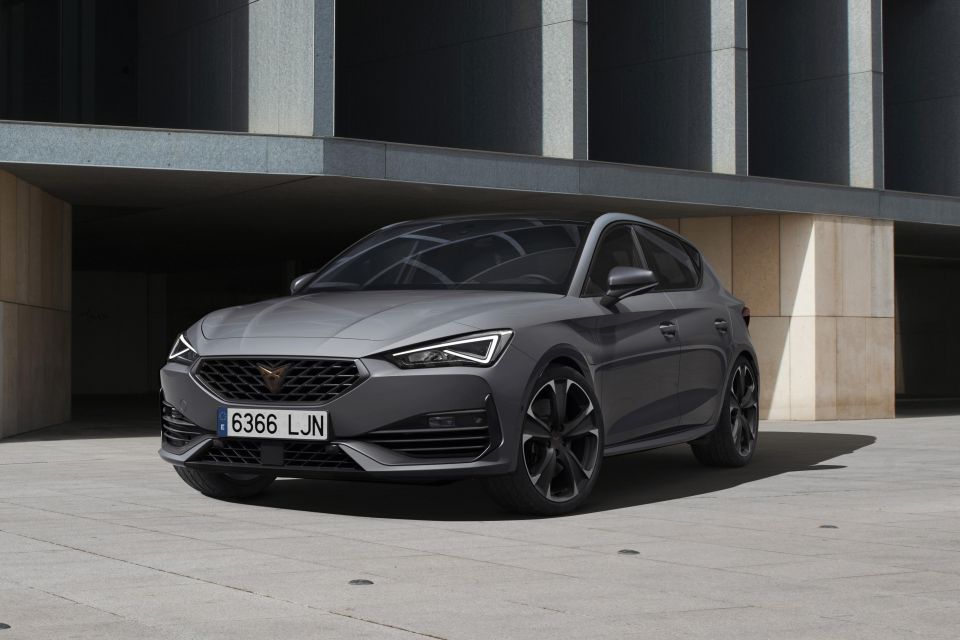


Max Davies
15 Hours Ago


William Stopford
15 Hours Ago


Derek Fung
16 Hours Ago


Max Davies
23 Hours Ago


William Stopford
2 Days Ago


Ben Zachariah
2 Days Ago